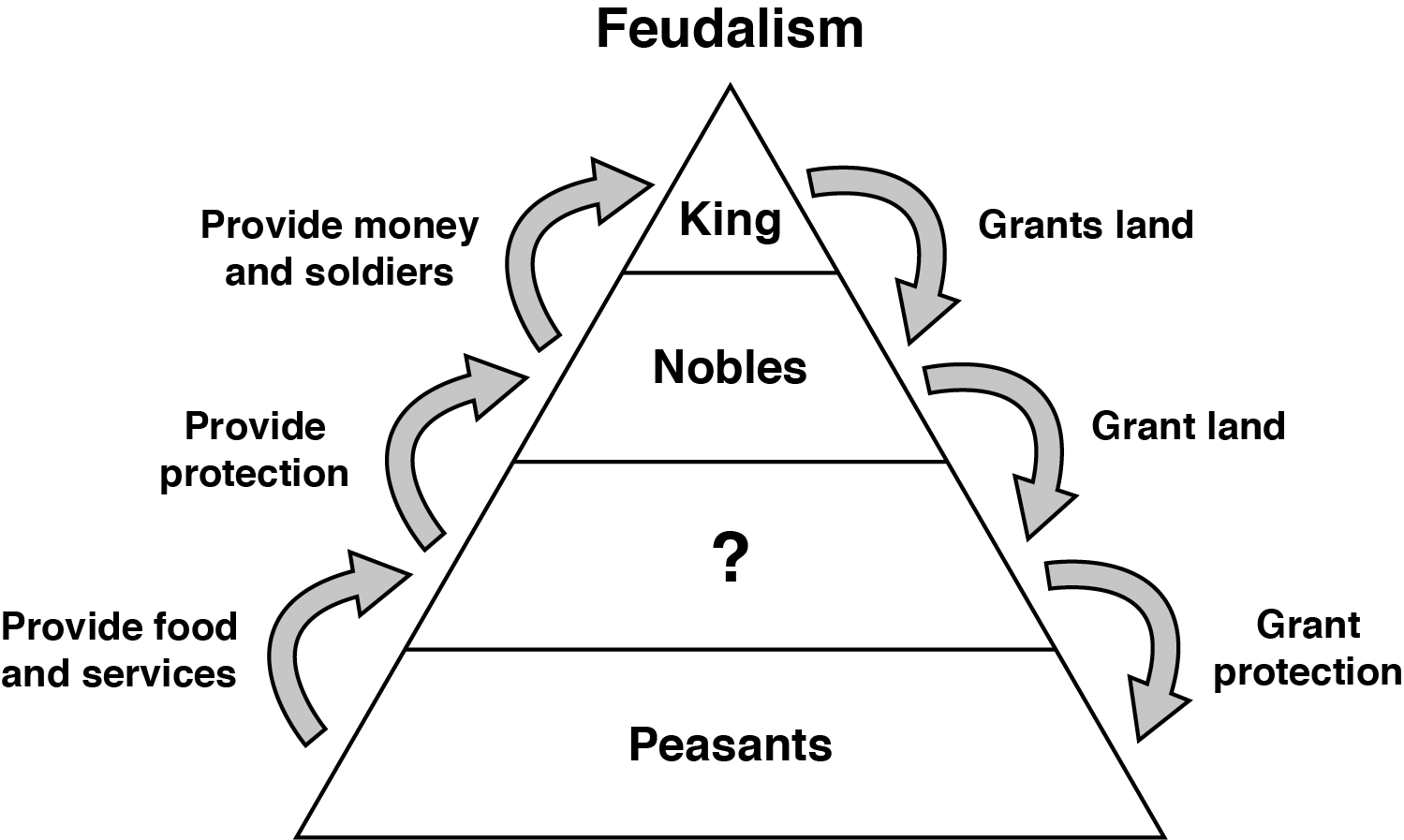
The plague started in Europe in October 1347, when 12 ships from the Black Sea docked at the Sicilian port of Messina. In the 12th century, urban booksellers began to market smaller illuminated manuscripts, like books of hours, psalters and other prayer books, to wealthy individuals.ĭid You Know? Juliana Morell, a 17th-century Spanish Dominican nun, is believed to be the first woman in the Western world to earn a university degree. Convents were one of the few places women could receive a higher education, and nuns wrote, translated, and illuminated manuscripts as well. Craftsmen in monasteries (and later in universities) created illuminated manuscripts: handmade sacred and secular books with colored illustrations, gold and silver lettering and other adornments. Frescoes and mosaics decorated church interiors, and artists painted devotional images of the Virgin Mary, Jesus and the saints.Īlso, before the invention of the printing press in the 15th century, even books were works of art.


Medieval religious art took other forms as well. In contrast to heavy Romanesque buildings, Gothic architecture seems to be almost weightless. Gothic structures, such as the Abbey Church of Saint-Denis in France and the rebuilt Canterbury Cathedral in England, have huge stained-glass windows, pointed vaults and arches (a technology developed in the Islamic world), and spires and flying buttresses. The people of the Middle Ages had squandered the advancements of their predecessors, this argument went, and mired themselves instead in what 18th-century English historian Edward Gibbon called “barbarism and religion.”Īround 1200, church builders began to embrace a new architectural style, known as the Gothic. Accordingly, they dismissed the period after the fall of Rome as a “Middle” or even “Dark” age in which no scientific accomplishments had been made, no great art produced, no great leaders born. Starting around the 14th century, European thinkers, writers and artists began to look back and celebrate the art and culture of ancient Greece and Rome. The phrase “Middle Ages” tells us more about the Renaissance that followed it than it does about the era itself. Many scholars call the era the “medieval period” instead “Middle Ages,” they say, incorrectly implies that the period is an insignificant blip sandwiched between two much more important epochs. People use the phrase “Middle Ages” to describe Europe between the fall of Rome in 476 CE and the beginning of the Renaissance in the 14th century.


 0 kommentar(er)
0 kommentar(er)
